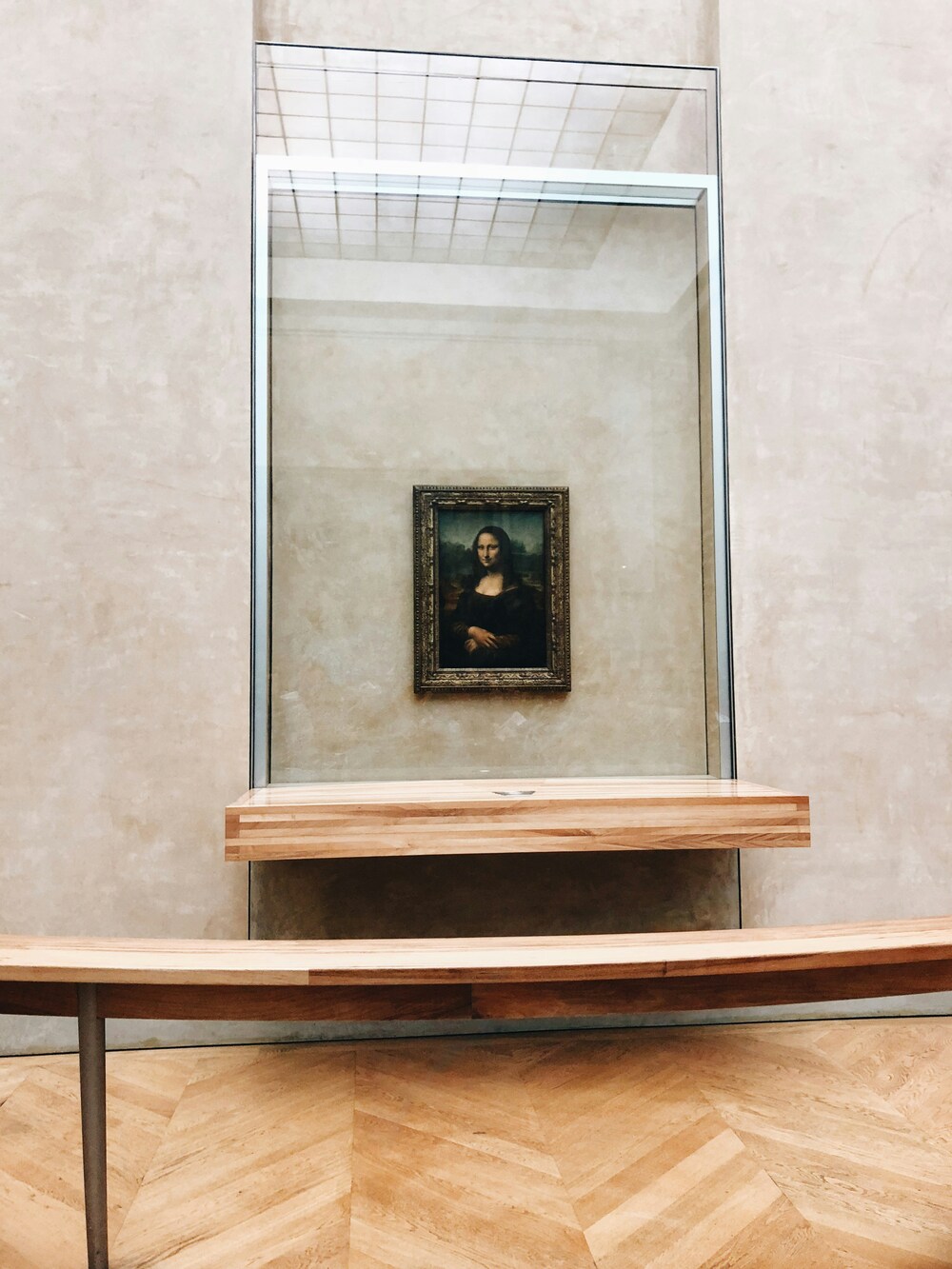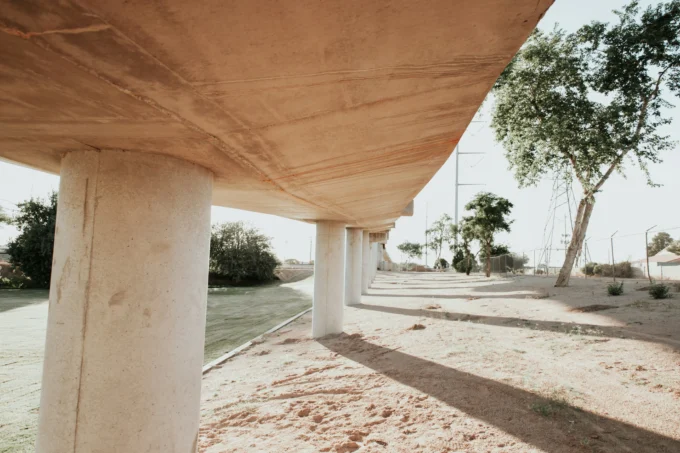- Home
- Articles
- Architectural Portfolio
- Architectral Presentation
- Inspirational Stories
- Architecture News
- Visualization
- BIM Industry
- Facade Design
- Parametric Design
- Career
- Landscape Architecture
- Construction
- Artificial Intelligence
- Sketching
- Design Softwares
- Diagrams
- Writing
- Architectural Tips
- Sustainability
- Courses
- Concept
- Technology
- History & Heritage
- Future of Architecture
- Guides & How-To
- Art & Culture
- Projects
- Interior Design
- Competitions
- Jobs
- Store
- Tools
- More
- Home
- Articles
- Architectural Portfolio
- Architectral Presentation
- Inspirational Stories
- Architecture News
- Visualization
- BIM Industry
- Facade Design
- Parametric Design
- Career
- Landscape Architecture
- Construction
- Artificial Intelligence
- Sketching
- Design Softwares
- Diagrams
- Writing
- Architectural Tips
- Sustainability
- Courses
- Concept
- Technology
- History & Heritage
- Future of Architecture
- Guides & How-To
- Art & Culture
- Projects
- Interior Design
- Competitions
- Jobs
- Store
- Tools
- More
Leonardo Da Vinci’s Masterpieces: Unveiling His Artistic Genius and Iconic Paintings

Leonardo Da Vinci, a true Renaissance man, was a polymath whose works in art, science, and invention have left an indelible mark on human history. His artworks, in particular, have achieved legendary status for their technical brilliance, creativity, and profound symbolism. From delicate portraits to complex compositions, Da Vinci’s art continues to captivate audiences worldwide. This article delves into some of his most famous works, exploring their significance and the genius behind them.
Table of Contents
ToggleEarly Works and Influences
Da Vinci was born in 1452 in the town of Vinci, Italy, and displayed remarkable talent from a young age. His apprenticeship under the renowned painter Andrea del Verrocchio in Florence allowed him to hone his skills in painting, sculpting, and drafting. During this time, he was influenced by the works of earlier Italian masters and the natural world around him, which laid the foundation for his meticulous attention to detail and innovative techniques.
Key Artworks from Da Vinci’s Early Period
- Annunciation (c. 1472-1475)
One of Da Vinci’s earliest known works, Annunciation, depicts the angel Gabriel delivering the message to the Virgin Mary. The painting is noted for its intricate use of perspective and light, which would become hallmarks of Da Vinci’s later works. - Baptism of Christ (c. 1475)
Collaborating with Verrocchio, Da Vinci painted the angel in the Baptism of Christ, demonstrating his burgeoning talent. His contribution was so impressive that it was said Verrocchio vowed never to paint again.

The Mona Lisa: A Portrait of Perfection
Among Da Vinci’s many celebrated paintings, none is more famous than the Mona Lisa. Painted between 1503 and 1506, this enigmatic portrait of Lisa Gherardini is revered for its remarkable realism, subtle use of light and shadow (chiaroscuro), and the subject’s mysterious smile. The painting’s technical mastery lies in Da Vinci’s use of sfumato, a technique that blends colors and tones seamlessly without harsh lines, creating a lifelike, almost ethereal quality.
The Symbolism Behind the Mona Lisa
What makes the Mona Lisa truly fascinating is the ambiguity that surrounds her expression and identity. Scholars have debated whether her smile is one of contentment or melancholy, adding to the allure of the painting. Additionally, Da Vinci’s interest in the human anatomy, nature, and geometry can be seen in the harmonious proportions of the figure, making it a timeless masterpiece.
The Last Supper 1498: A Testament to Da Vinci’s Innovation
One of Da Vinci’s most celebrated works, The Last Supper, completed in 1498, depicts the dramatic moment when Jesus announces that one of his disciples will betray him. The painting is remarkable for its composition, which captures the emotional reactions of the disciples in a single moment. Da Vinci employed a linear perspective to create the illusion of depth, drawing the viewer’s eye toward Christ, the focal point of the scene.
Though the painting has deteriorated over time due to Da Vinci’s experimental use of oil on dry plaster, its influence remains undeniable. The Last Supper has been studied, reproduced, and referenced in countless works of art, solidifying its place in the annals of art history.
Anatomical Studies and Art: Merging Science and Creativity
Da Vinci’s insatiable curiosity extended beyond art; he was deeply fascinated by the workings of the human body. His anatomical studies, often rendered in detailed sketches, contributed to his unparalleled ability to depict the human form with accuracy. His notebooks contain hundreds of anatomical drawings, showcasing his mastery of proportion, movement, and structure.
Notable Anatomical Drawings by Da Vinci
- Vitruvian Man (c. 1490)
The Vitruvian Man is perhaps Da Vinci’s most iconic drawing, illustrating the ideal human proportions based on the writings of the ancient Roman architect Vitruvius. The image, with its superimposed positions of the male figure, is a perfect blend of art and science. - Studies of the Human Skull (c. 1489)
Da Vinci’s fascination with human anatomy led him to perform dissections and create detailed sketches of the human skull. These drawings are not only scientifically accurate but also demonstrate Da Vinci’s incredible skill in shading and detail.

Artistic Legacy: Impact on Future Generations
Leonardo Da Vinci’s influence on the world of art cannot be overstated. His groundbreaking techniques, such as chiaroscuro and sfumato, revolutionized the way artists approached light and shadow. His meticulous attention to detail, coupled with his ability to capture human emotion and expression, set a new standard in portraiture and narrative composition.
Da Vinci’s Influence on the Renaissance and Beyond
- Influence on Renaissance Artists: Many artists during the Renaissance, including Raphael and Michelangelo, were directly influenced by Da Vinci’s innovative techniques and scientific approach to art.
- Modern Interpretations: Da Vinci’s artworks, particularly the Mona Lisa and The Last Supper, continue to inspire contemporary artists and have become cultural icons.
Conclusion: The Enduring Appeal of Leonardo Da Vinci’s Art
Leonardo Da Vinci’s artworks transcend time, culture, and artistic trends. His unique ability to merge art with science, emotion with precision, and beauty with intellect has solidified his legacy as one of the greatest artists in history. Whether through the serene beauty of the Mona Lisa or the intense drama of The Last Supper 1498, Da Vinci’s creations continue to captivate and inspire, reminding us of the limitless potential of human creativity.
illustrarch is your daily dose of architecture. Leading community designed for all lovers of illustration and #drawing.
Submit your architectural projects
Follow these steps for submission your project. Submission FormLatest Posts
Practical Solutions for Modern Home Improvements
Home improvements work best when they solve real problems. Focus on changes...
The Ultimate Guide to the SaaS Localization Process: Navigating Global Markets with Precision
The Software-as-a-Service (SaaS) model has revolutionized how businesses operate by providing cloud-based...
Tips for Creating a Functional and Beautiful Outdoor Area
A great outdoor area should feel easy to use and beautiful to...
Painting Trends in 2026: Colours & Finishes That Sell Homes
Paint trends for houses show a dramatic transformation as we approach 2026....












Leave a comment